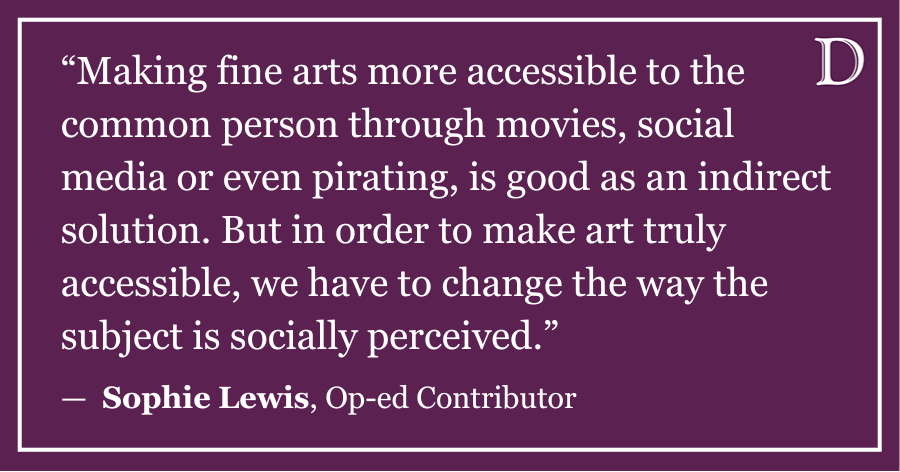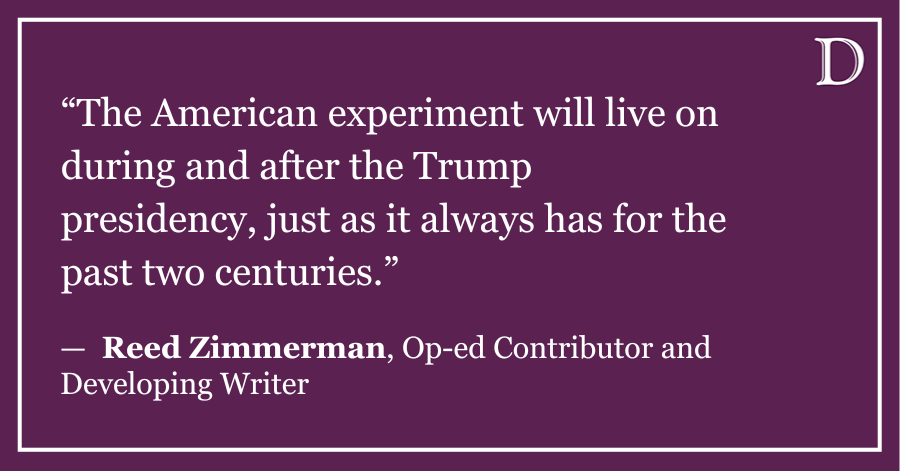When President Dwight Eisenhower signed the Federal-Aid Highway Act of 1956 into law, he remarked that the project would unify the country by greatly aiding the flow of information and goods across America. A 1966 study by Wendell Cox Consultancy, which estimated that for every dollar spent building the highway system, it has “returned more than $6 in economic productivity for each $1 it cost,” has overwhelmingly proven him right. It’s nearly impossible to understate the benefits of America’s roadways, which is why I was so upset to learn of the pitiful state they are currently in.
News outlets reported that an 18-wheeler truck struck the top of the Skagit River Bridge on Washington’s Interstate 5 on Thursday with its oversized load, causing the bridge to collapse. Thankfully, there were no fatalities in this incident, but unfortunately, this wasn’t the first bridge collapse in recent years. In August 2007, the I-35W Mississippi River Bridge in Minneapolis collapsed during rush hour, causing 13 deaths and 145 injuries. The tragic part of these accidents is that in both cases, the bridges were known to be in need of maintenance.
Two inspections of the I-35W bridge in 1990 and 2005 both gave the bridge a rating of “structurally deficient.” According to the Minnesota Department of Transportation, a bridge can be called such if its deck, which carries traffic, the superstructure, which directly supports the desk, the substructure, which supports and distributes loads, or the culvert, which helps with drainage, is given a rating of “poor.” These bridges warranted significant maintenance, repair or replacement. According to the 2005 report, the superstructure of the bridge was given a poor rating, signifying the part suffered from “advanced corrosion, deterioration, cracking or chipping.”
On the other hand, the Skagit River Bridge was given a rating of “functionally obsolete.” While these bridges are not structurally deficient, some part of their design is outdated. In this case, although the bridge was structurally sound, the Skagit River Bridge did not have enough clearance above it for current safety standards. Thus, a truck passing through the bridge was able to strike the top of it with its load, which caused it to collapse.
About 11.5 percent of all highway bridges in the United States are structurally deficient. Two bridges in Evanston, the one near the intersection of Lincoln Street and Orrington Avenue and the bridge near the mosque at the intersection of Brown Avenue and Simpson Street, are considered structurally deficient. That is not to say that they are necessarily unsafe, but they are in serious need of repair.
Unfortunately, bridges are only one part of the problem. The American Society of Civil Engineers’ 2013 “Report Card”, which looks at our nation’s dams, bridges, highways and more, gives us a grade of D+, adding that $3.6 trillion in investment is needed by 2020 to repair the deterioration. In comparison, the United States currently spends $2 trillion in maintaining its infrastructure. The worst part is that these damages, if not fixed, will quickly compound, making this an even more imperative issue.
It’s unfortunate that it’s taken two bridge collapses for the media to finally start taking the issue seriously. Furthermore, it seems strange that public funding of infrastructure is such a contentious issue in this day and age. The benefits for the cost are both obvious and overwhelmingly positive, and the cost of denying this funding is only now becoming apparent.
Truthfully, the fault does, as always, end in the hands of voters. They have time and time again prioritized lower taxes over increased funding for public works. If there is anything to take away from this, it’s that this is an issue that is serious and cannot wait, will require a bit of sacrifice, and is something citizens should urge their local politicians to support immediately.
Michael Wang is a McCormick freshman. He can be reached at [email protected]. If you want to respond publicly to this column, send a Letter to the Editor to [email protected].









